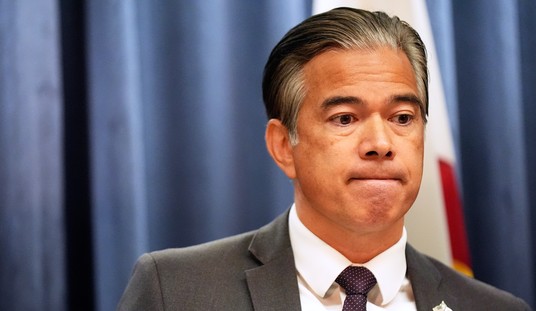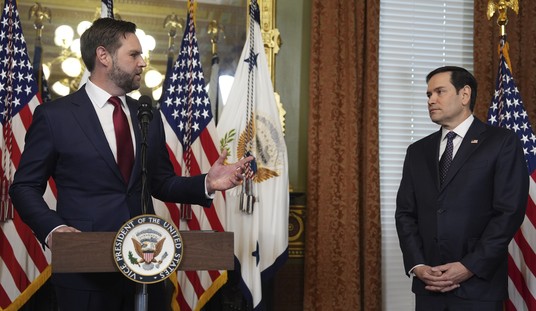I know, I know: “That many, huh?”
Newsbusters points out that the ratio of Democrats to Republicans in the media has ballooned over the past 10 years from 2:1 to 4:1. True, but the real story here is independents:

Fact: The wider public is also much, much more likely to call themselves independents these days than they used to be. Eyeball the graph at the top of this page at Pew or scroll through this recent history of party affiliation at Gallup to see how dramatic the trend has been. In Pew’s data, the rise in indies comes almost entirely at the expense of the GOP; Gallup’s numbers are more mixed, but Republican ID has sunk several points lower than Democratic ID after having achieved parity during Dubya’s first term.
All of which is to say that some, maybe even most, of the media’s drift towards “independence” is part of a general American tide. What’s different about the media is that they’ve reached a higher number of independents — a clear majority, no less — than the public, which even lately tends to top out between 38-43 percent. (It got a bit higher in Gallup’s polling last fall after the shutdown.) That’s no surprise: Journalists are invested in presenting themselves as neutral, so go figure that more members of the industry would choose to identify as independent than in the wider population. It may also be that the rise of media watchdog sites online as the Internet exploded has forced more of them to shelter in the idea that, deep down, they’re “independents,” not liberal Dems. Remember, party affiliation says little about their actual ideology and how it’s shifting (or not shifting). This is purely a gauge of how people wish to see themselves politically. If you’re constantly being accused of bias, go figure that you might react by concluding that you’re an indie, not a Democratic hack.
It’s also not really a surprise that the number who identify as Democrats is down a bit since 2002. If you look at the graph above, you can hypothesize that Democratic ID among the media waxes and wanes as a reaction to the GOP’s hold on power. Two years after Reagan got elected, the number of reporters calling themselves Democrats was up from where it was in the early 70s even though the country had shifted right. (That could also be the residue of Watergate eight years earlier.) In 1992, after fully 12 years of Reagan/Bush in the White House and with a presidential election scheduled for the fall, they were really Democratic. Then, in 2002, after eight years of controlling the White House with Clinton — and with the country kinda sorta unified after 9/11 — they were less Democratic under Dubya. Fast-forward to 2013, with Obama having held the White House for four years and with four more still to come, and Democratic ID is at its lowest point yet. Easy prediction, then: As soon as a Republican’s back in the White House, the media will start professing their Democratic sympathies again.
Exit question: What’s up with the sharp rise in “other” in the graph above? If this were any other group, I’d assume that those were tea partiers who were too disgusted with the GOP to identify as Republican. But needless to say, these people ain’t tea partiers.







Join the conversation as a VIP Member